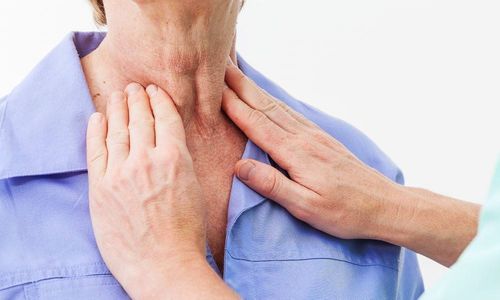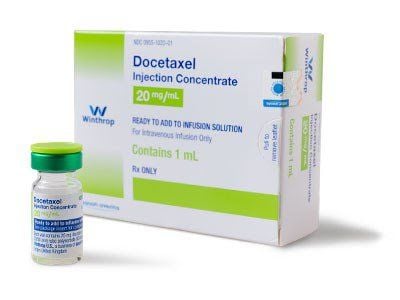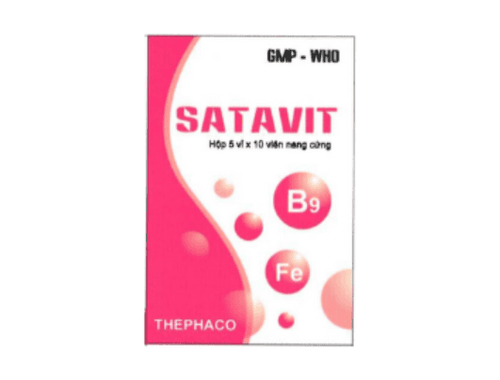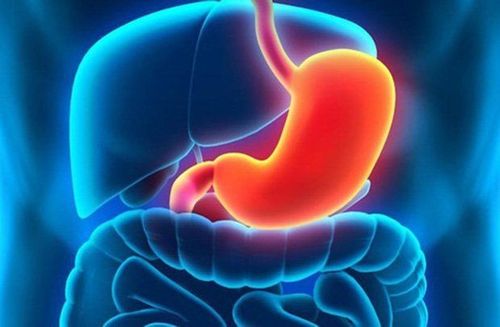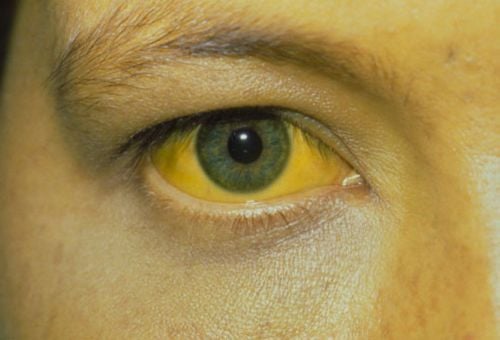This is an automatically translated article.
Article written by MSc Mai Vien Phuong - Department of Examination & Internal Medicine - Vinmec Central Park International General Hospital
Autoimmune gastritis is an atrophic gastritis of the stomach lining that focuses mainly on the body and stomach due to the appearance of antibodies against the parietal cells of the stomach and intrinsic factors, which can lead to destruction of the mucosal layer. gastric mucosa, resulting in anemia and vitamin B12 deficiency, even leading to stomach cancer.
1. Autoimmune gastritis overview
In 1849, Thomas Addison was the first author to describe megaloblastic anemia (Addison's anemia) then gradually appeared studies that recognized the association between atrophic gastritis and anemia. this blood.
By 1921, the authors Samuel and William reported in a series of 107 cases of megaloblastic anemia, 104 patients with no detectable hydrochloric acid in gastric juice. This can be considered as one of the first descriptions of autoimmune gastritis. Up to now, autoimmune gastritis (VDDTM) is defined as atrophic inflammation of the gastric mucosa, concentrated mainly in the body and gastric aneurysm due to the presence of antibodies against the parietal cells of the stomach. . Regarding clinical symptoms, patients often come to the doctor because of abnormalities related to the hematological system or due to vitamin B12 deficiency, chronic iron deficiency. The prevalence of VTE with symptoms of megaloblastic anemia accounts for about 0.1% of the population but increases to approximately 2% in people over 60 years of age. Some studies have shown that being female may be a risk factor, while ethnicity does not appear to be much different, although early reports of the disease noted that it is more common in the region. Northern Europe.
Several epidemiological studies and case series have noted that this is a disease that can occur in different parts of the world but has not been diagnosed much. The main reason is that before a patient is anemic, regardless of whether the red blood cells are large or small, most doctors usually prescribe iron, folate and cobalamin treatment if there is no in-depth investigation of the cause of anemia. The second limitation is that there is no consensus on histopathological diagnostic criteria, often the results returned in many cases are only chronic gastritis, so it can be missed.
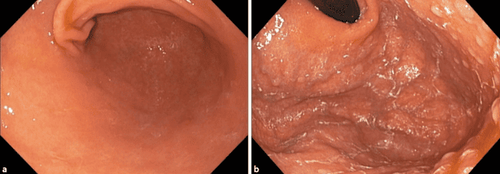
2. Risk of stomach cancer
VDD can progress to gastric cancer in the presence of intestinal metaplasia or when the patient has H. pylori infection. The pathogenesis of gastric cancer was described by Correa and Piazuelo in terms of progression from normal mucosa to the formation of cancerous lesions.
In the group of patients with VTE, risk factors for gastric cancer formation include macrocytic anemia, severe atrophic inflammation, intestinal metaplasia, prolonged disease, late detection or patients over 50 years of age. A cohort study of 4,000 patients with macrocytic anemia in Sweden who were longitudinally followed for 20 years found a 3-fold increased risk of developing gastric cancer compared with the general population.
In 2006, in the recommendation of the American Society of Gastroenterology, it was mentioned that gastroscopy was performed to screen for precancerous lesions in patients diagnosed with VTE, but there were no guidelines for routine follow-up. period.
For patients with mild, localized hyperplastic lesions, the follow-up time can be from 3-5 years. For more extensive lesions, a shorter follow-up period may be required. If atrophic inflammation and/or intestinal metaplasia are present, the recommended interval for repeat colonoscopy is every 3 years, and for patients with adenoma or low-grade dysplasia, endoscopy should be performed annually. However, this recommendation is mainly for chronic atrophic gastritis due to H. pylori, there are no specific guidelines for VTE.
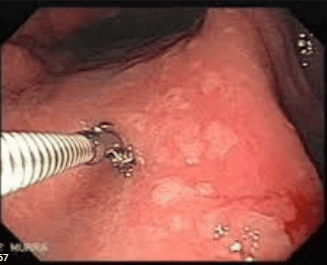
Vinmec International General Hospital is one of the hospitals that not only ensures professional quality with a team of doctors, modern equipment and technology. The hospital provides comprehensive, professional medical examination, consultation and treatment services, with a civilized, polite, safe and sterile medical examination and treatment space. Customers when choosing to perform tests here can be completely assured of the accuracy of test results.
Please dial HOTLINE for more information or register for an appointment HERE. Download MyVinmec app to make appointments faster and to manage your bookings easily.





